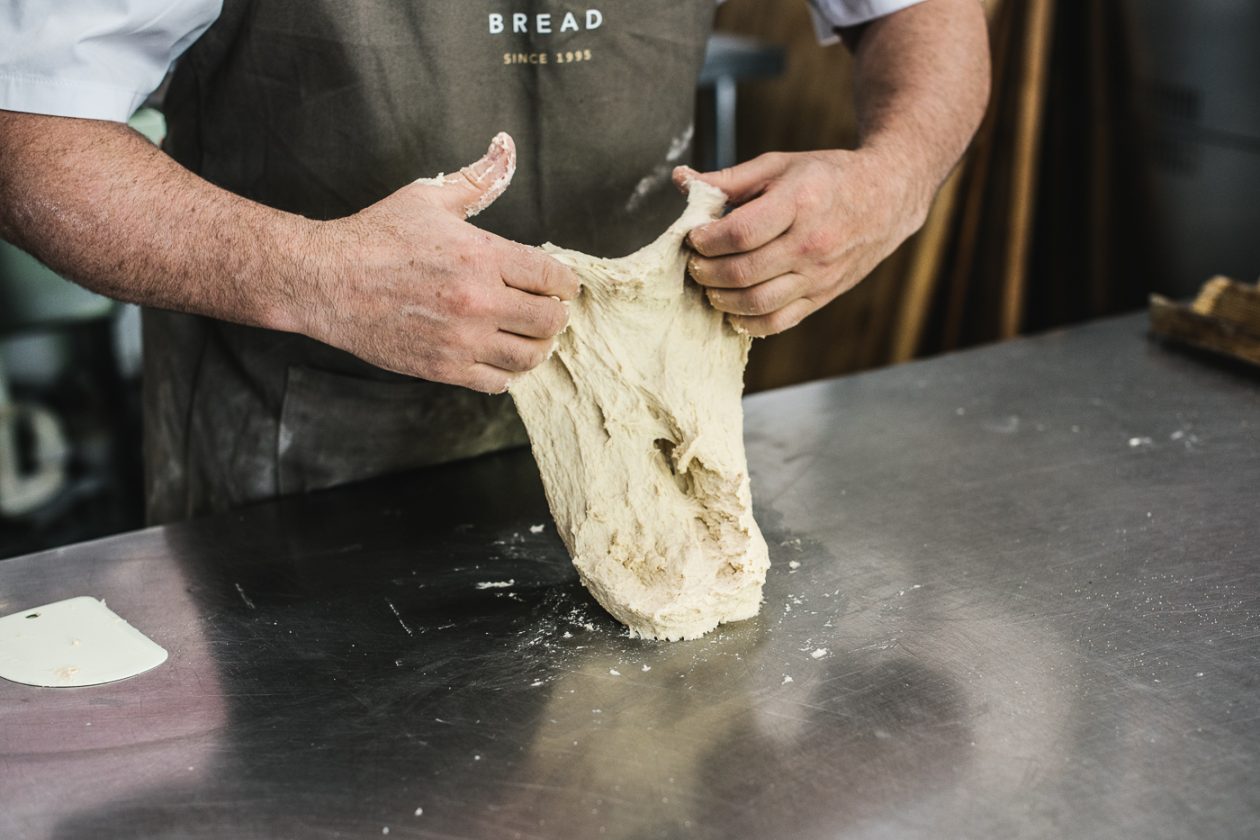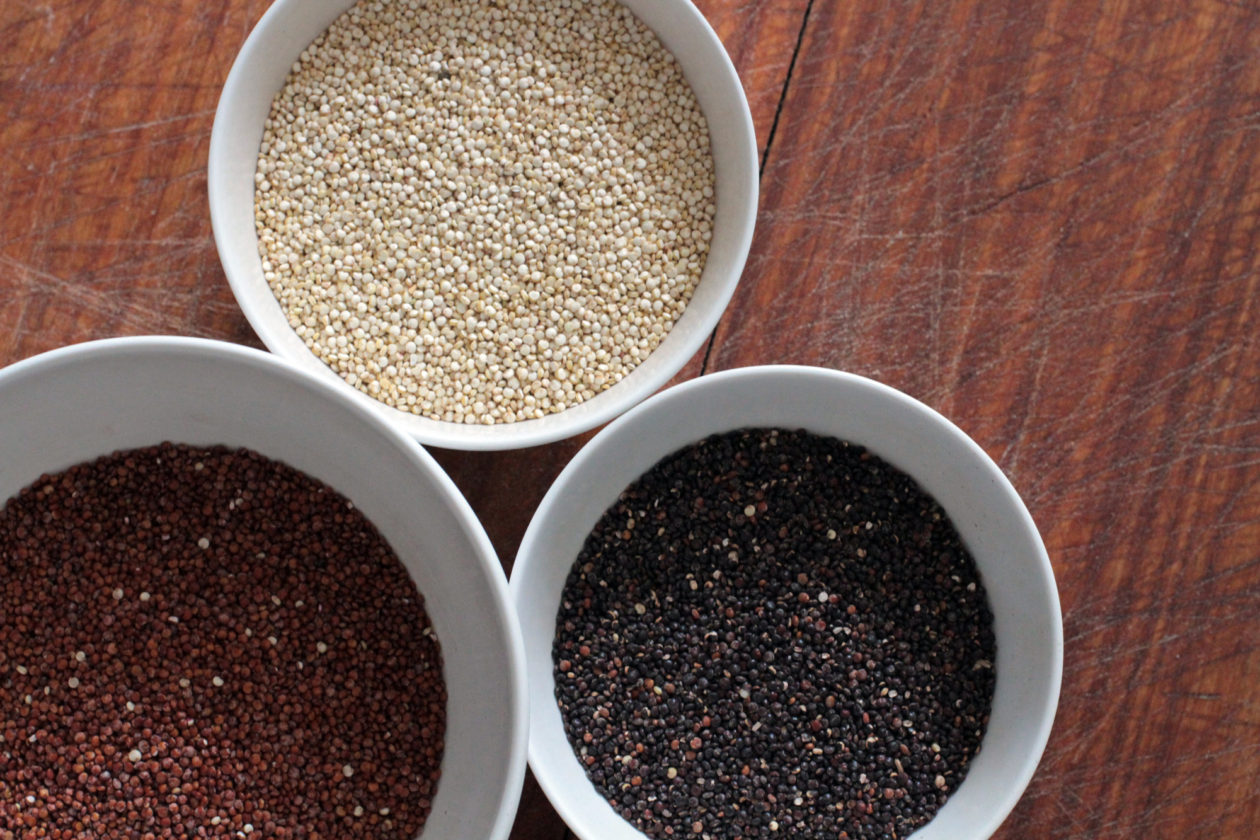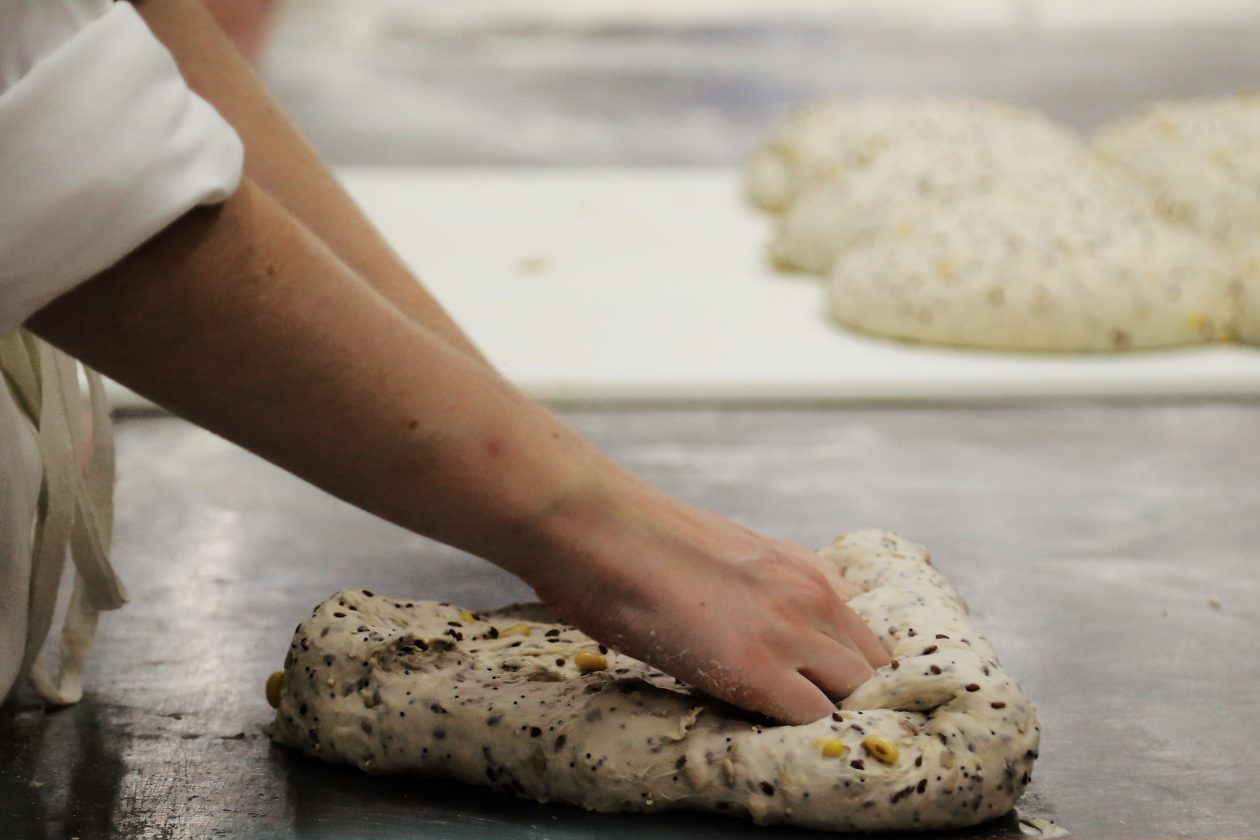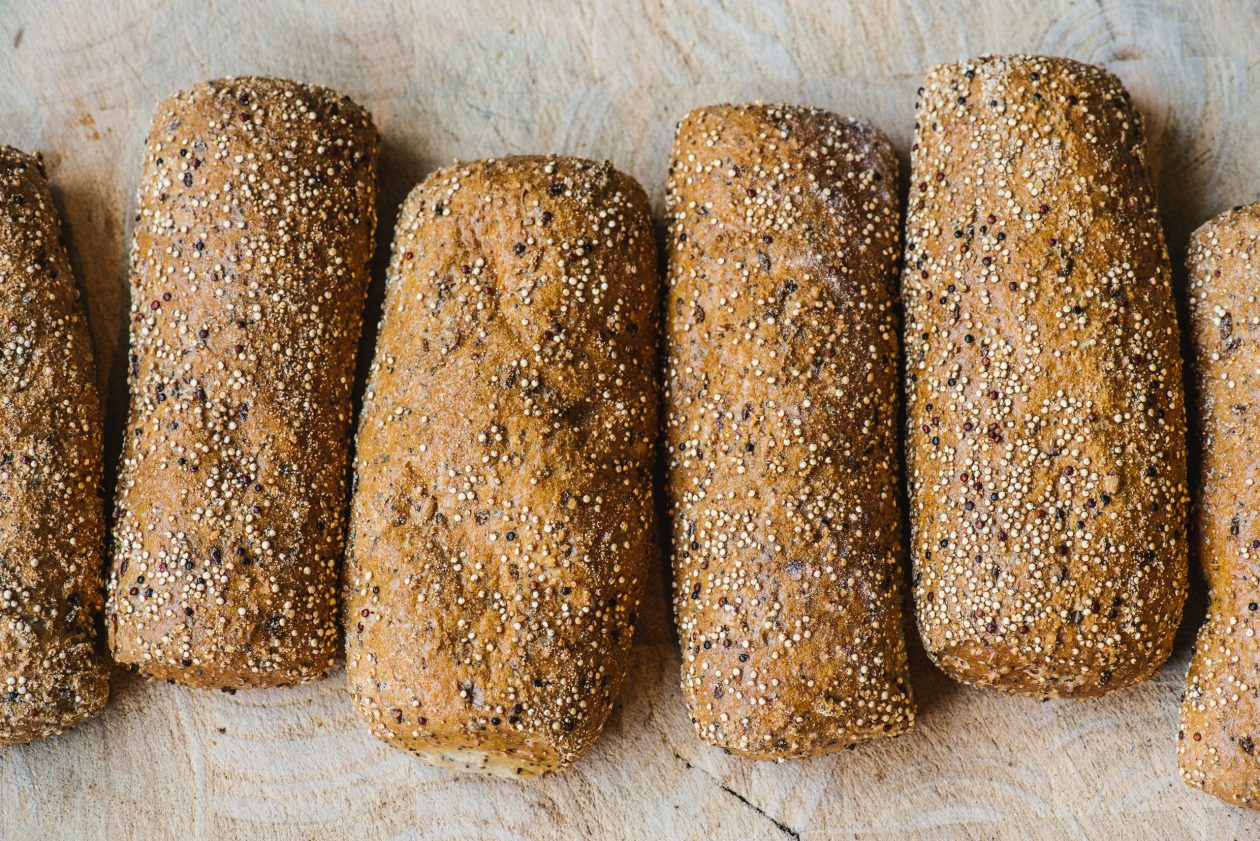From prawn cocktail to fondue and apricot chicken, it’s not unusual to see old-school culinary favourites come back into favour. Less common is the reintroduction of traditional ingredients to improve on modern staples. As artisan bakers, we’re constantly experimenting with ingredients to create the most flavoursome and nutritious bread for our customers. In recent years our curiosity has led us to explore the benefits of ancient grains and the results have been, well… delicious.
Modern v Old-World Grains
The word flour conjures images of refined, white powder – bleached, smooth and depleted of goodness. Commercial milling strips the whole grain of its nutrition by up to 30 percent, with over 80 percent of vitamins lost within 70 hours of milling. What the commercial baking industry has gained in speed and efficiency, it has lost in nutrition and flavour, leaving supermarket shelves and family pantries stocked with sub-par loaves.
Our Approach Is Rather Different
We seek out the finest ingredients, working directly with farmers from renowned wheat-growing regions such as the Southern Flinders Ranges and Gwydir Shire, to craft a milled flour perfect for sourdough. We have also introduced a range of ancient grains to a number of our products to create texture and variety, as well as enhance flavour and nutrition.
Quinoa
Widely available, extremely versatile and often mispronounced (admit it, you’ve said quin-oh-ah at least once), quinoa is an ancient grain crop with edible seeds. The majority of the world’s quinoa supply is grown in South America where it is considered a sacred crop, however, there are crop trials taking place much closer to home in Western Australia.
We use red, black and white quinoa in the bakery – our Quinoa & Soya Loaf is a delicious and nutritious mix of three types of quinoa, soya beans, and amaranth. Our seeded rolls are also made with quinoa amongst other seeds. Want to know more about quinoa? Read our 10 Things About Quinoa post here.
Millet
Just like quinoa, millet is also a seed. A staple in many Asian and African countries, once hulled, it provides a mild, nutty flavour. We use Australian millet and feature it in our Harvest Grain loaf.
Barley
Renowned for its use in beer, barley is a slightly bulkier grain than others used for baking. One of the first grains to be cultivated in Asia, barley is high in essential nutrients, including protein, dietary fibre, B vitamins, and niacin. You’ll find barley in our Harvest Grain loaves.
Emmer
Perhaps more commonly known as farro, emmer wheat was widely cultivated in ancient times and is only now experiencing a resurgence. We use emmer flour in our new carrot cakes.








